On the first day of the conference, I attended the Historic Gravestone Conservation Workshop at Spring Hill Cemetery in Huntington. Jonathan Appell, a historic stone conservator, led a group through several different hands-on techniques for cleaning gravestones and monuments; resetting and leveling leaning gravestones; and conservation, or repair, of broken gravestones. This in-depth session allowed for more than just a speaker presenting his ideas and techniques – we were able to participate and get our hands dirty. Our group cleaned four gravestones during the morning session, removing moss and lichens from the bases and focusing on making the inscriptions more visible and readable. In the afternoon, our group worked on four other gravestones. Each one presented a different challenge toward conservation and repair. We reattached a top portion of a grave marker that had been laying on the ground; we leveled a leaning gravestone; we adhered a large head stone with its base to eliminate the possibility of it falling over; and we used a tripod and hoist to lift and reset large and heavy segments of the final grave marker.
By Robert My name is Robert Wolfe and I am currently finishing my MA in public history from West Virginia University. Starting in December I will begin serving at Main Street Fairmont in Fairmont, West Virginia. Given my educational background in historic preservation and public interpretation, along with my interest in adaptive land reuse, a Main Street program is an ideal place for me to undertake a service position. Throughout my education I have had the privilege of working for a number of institutions including; George Washington’s Mount Vernon, the Pendleton Historic Foundation, and the Heritage Trail Conservancy of Madison Indiana. I know my time at Main Street Fairmont will be equally as rewarding. Since finishing my Undergraduate Degree I have been fascinated with discovering new ways to utilize our heritage. Like many people in the field of public history, I believe there is an excess of historic house museums. Too many stories competing for a limited audience is creating a strain on budgets. While it would be nice if house museums could sustain themselves on admissions alone, it simply is not feasible in the 21st century. Historic houses need to gather new audiences so that we all may retain our cultural heritage. Just because a building is old, doesn’t mean it must be a museum! The workshop “Charetting the Jenkins House” at the Preservation Alliance of West Virginia 2014 Conference, was a natural workshop to attend. The Jenkins House (Green Bottom) is an 1825 plantation house on the Ohio River. The home, currently owned and mothballed by the U.S. Army Corps of Engineers, has been meticulously restored to its appearance in 1825. The Jenkins House operated as a house museum for a time. During this period the house would host Civil War encampments and special holiday events. The Jenkins House currently awaits a new use.
The charette was a refreshing change in house museum narratives. Local historical societies typically receive the unfair stereotype of being inflexible in their beliefs. The stakeholders of the Jenkins House were interested in restoring the old museum events but also interested in expanding the scope of activities at the site. The site has an excellent view of natural wetlands and ample space for people. The natural beauty lends itself to its use as an event space. Other options discussed include a community garden, a historic gardening site, or community space for local events. As a government property, the Corps of Engineers is responsible for upkeep and bills for the Jenkins House. The Jenkins House is in an advantageous position to experiment with new uses. This gives the property an advantage, allowing the stakeholders to put more resources into developing alternative uses for the property. Charettes are just one example of how historic preservationists can interact with the local community to preserve local heritage. The PAWV Conference allowed me to get hands on experience on the benefits and uses of charettes. Classroom experience can never equal field experience. By Nicole, PAWV Preserve WV AmeriCorps Hi there! My name is Nicole Marrocco, and I’m the 2014 – 2015 AmeriCorps member for the Preservation Alliance of West Virginia. As a newcomer to the field of historic preservation and a lifelong resident of Massachusetts, I’m very excited to dive headfirst into this experience and to call West Virginia home for the next year. While I may be a newbie in terms of preserving and reusing historic buildings, I’m no stranger to the study and preservation of material culture. In 2010, I graduated from Boston University with a dual B.A. in Archaeology and Classical Civilizations. In my classes I developed an interest in cultural resource management and the preservation and interpretation of archaeological sites. In addition to my coursework, my love of history and historic buildings runs deep.I have fond childhood memories of visiting Lowell, Massachusetts, in awe of the dilapidated, textile mills that lined the canals of the city—some of you may know Lowell as the birthplace of the American Industrial Revolution and the first planned industrial city in the country. Years later as a college student, I returned to a vibrant and bustling city to serve as an intern at the Lowell National Historical Park. As an intern, I had the opportunity to truly get a sense of how much historic preservation and heritage tourism had revitalized the city of Lowell in the time since my childhood. Having seen the good that historic preservation can do close to home, I’m so happy for the opportunity to serve with Preservation Alliance of West Virginia. PAWV is the statewide grassroots nonprofit organization dedicated to promoting and supporting historic preservation in the Mountain State. With a commitment to preserving West Virginia’s unique cultural heritage, PAWV and its members work to save the past and to benefit the present with a vision for the future by supporting and promoting historic preservation through education and outreach advocacy, preservation tools, and heritage tourism. While the first few weeks of service have been chock-filled with training, we have already had the opportunity to roll up our sleeves and get our hands dirty. At the combined Preserve WV / Appalachian Forest Heritage Area AmeriCorps training at Jackson’s Mill, a group of AmeriCorps members assembled “Little Free Libraries” as a community service project. A cross between a dollhouse and a birdhouse on a post, these small shelters for used books operate on the “take a book, leave a book” principle.
Prior to the training at Jackson’s Mill, Lynn Stasick and I prepared all the materials necessary to assemble each of the libraries, including making a pattern model and cutting the wood required (Did I mention I learned how to use a power saw?!). We then instructed four teams of AmeriCorps members how to assemble the libraries at Jackson’s Mill. Each of the four AmeriCorps-constructed Little Free Libraries will be painted by residents of the community in which it will be placed, creating a shared sense of pride and allowing us to generate enthusiasm for the libraries before they’ve even been installed. Once installed, neighbors will have the opportunity to share their favorite books with each other. Although it seems small, this is a fantastic project because it can have such a large community impact. The Little Free Library movement promotes literacy and a love of reading by providing access to books worldwide. And as our experience demonstrates, the libraries also build a sense of community as we—AmeriCorps members, skilled tradesmen, schoolchildren—share skills and creativity during the construction process.
|
News and NotesCategories
All
Archives
May 2024
Subscribe to our mailing list to receive e-news updates on historic preservation news and events in West Virginia.
|
Get Involved |
Programs |
Contact UsPreservation Alliance of West Virginia
421 Davis Avenue, #4 | Elkins, WV 26241 Email: [email protected] Phone: 304-345-6005 |
Organizational Partners:
© COPYRIGHT 2022 - PRESERVATION ALLIANCE OF WEST VIRGINIA. ALL RIGHTS RESERVED.

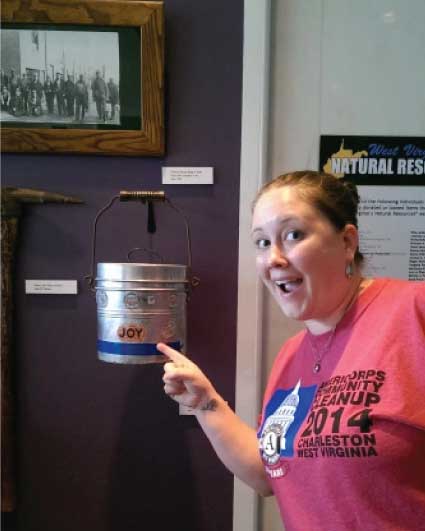
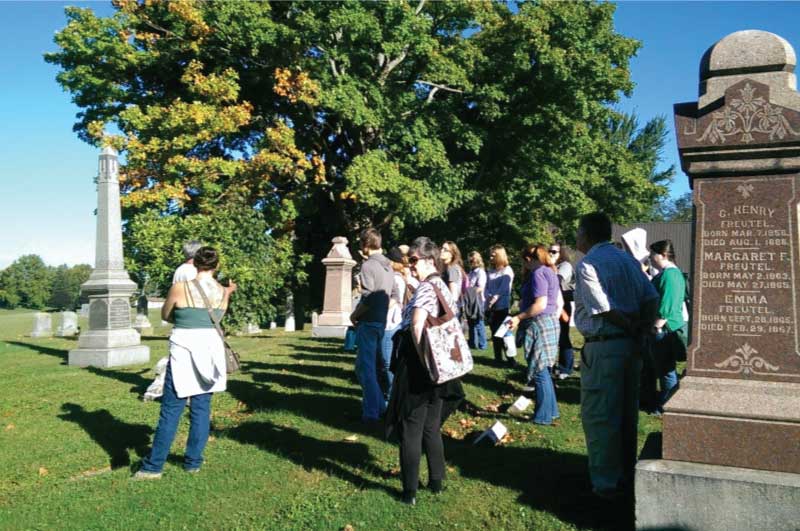
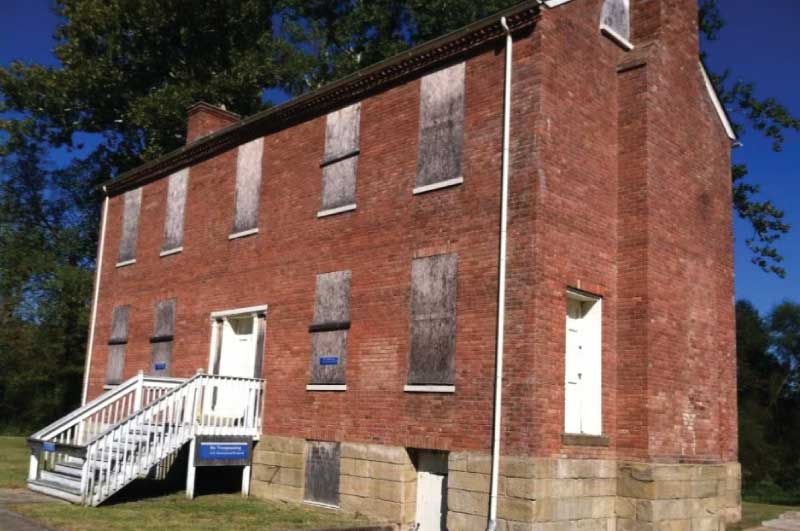
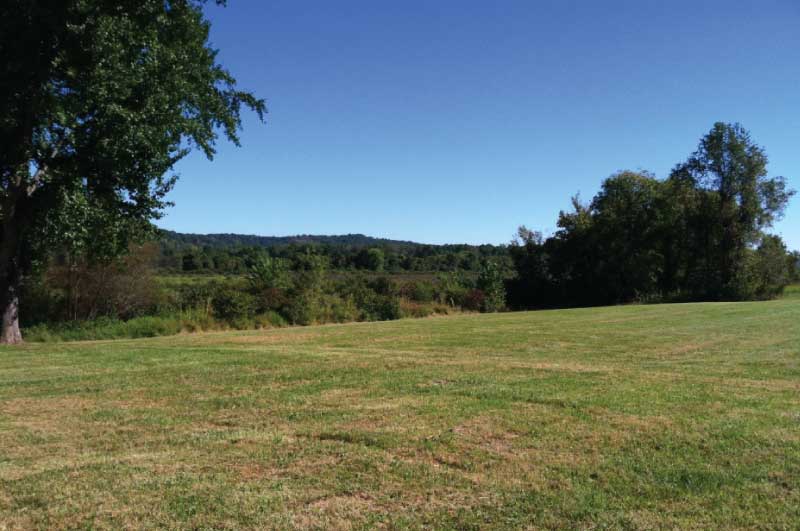
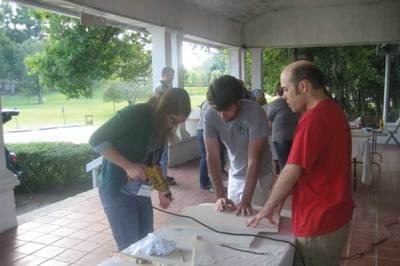
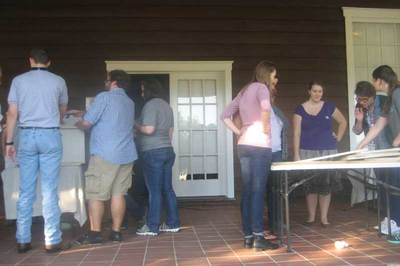
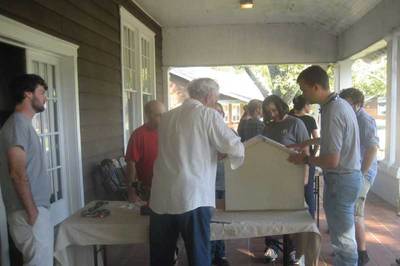
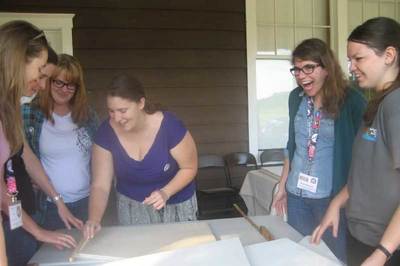
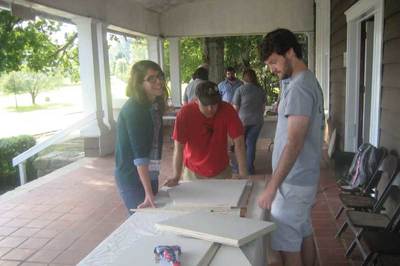
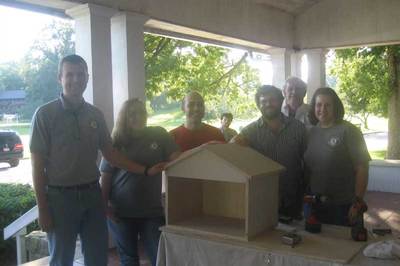
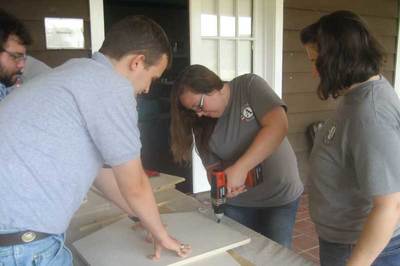
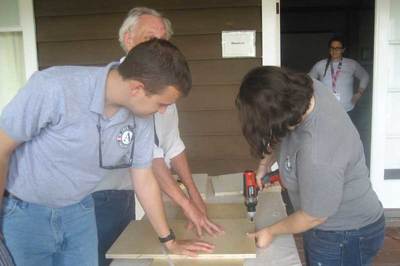
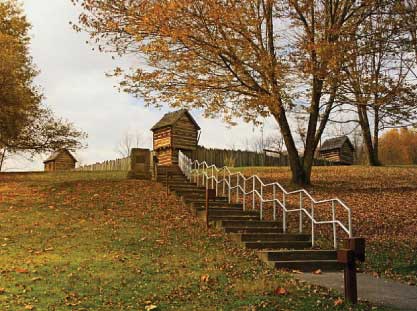
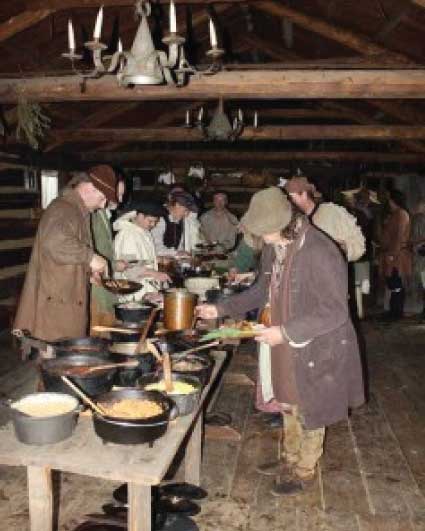
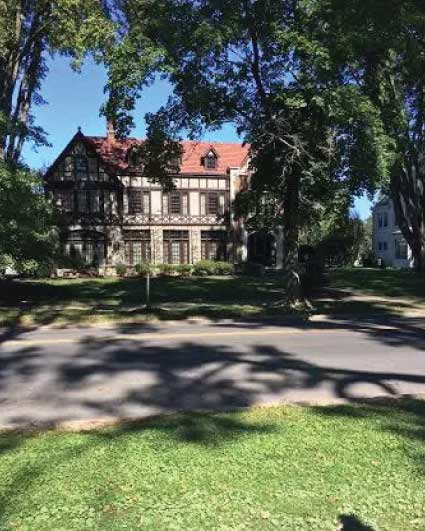
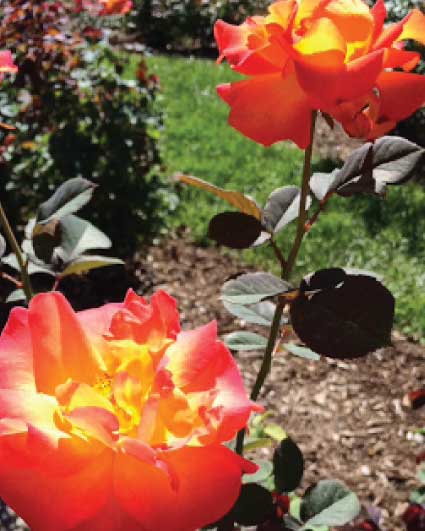
 RSS Feed
RSS Feed



